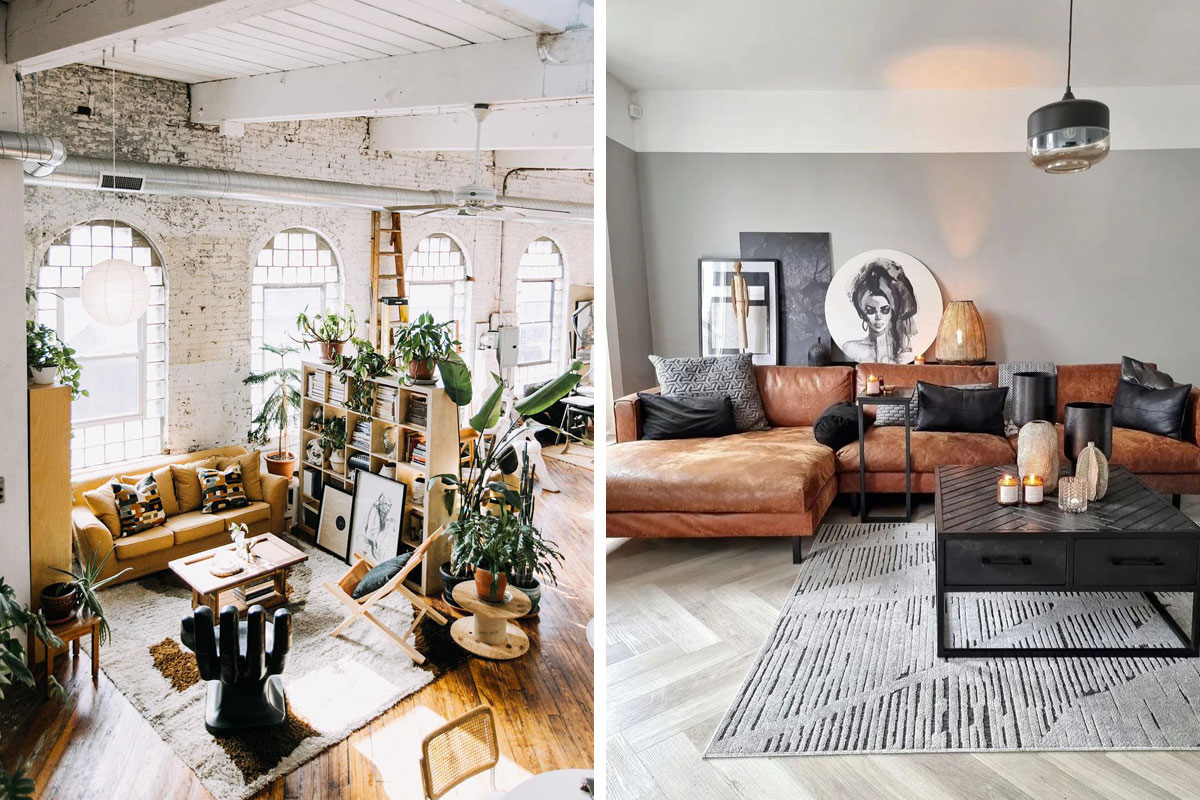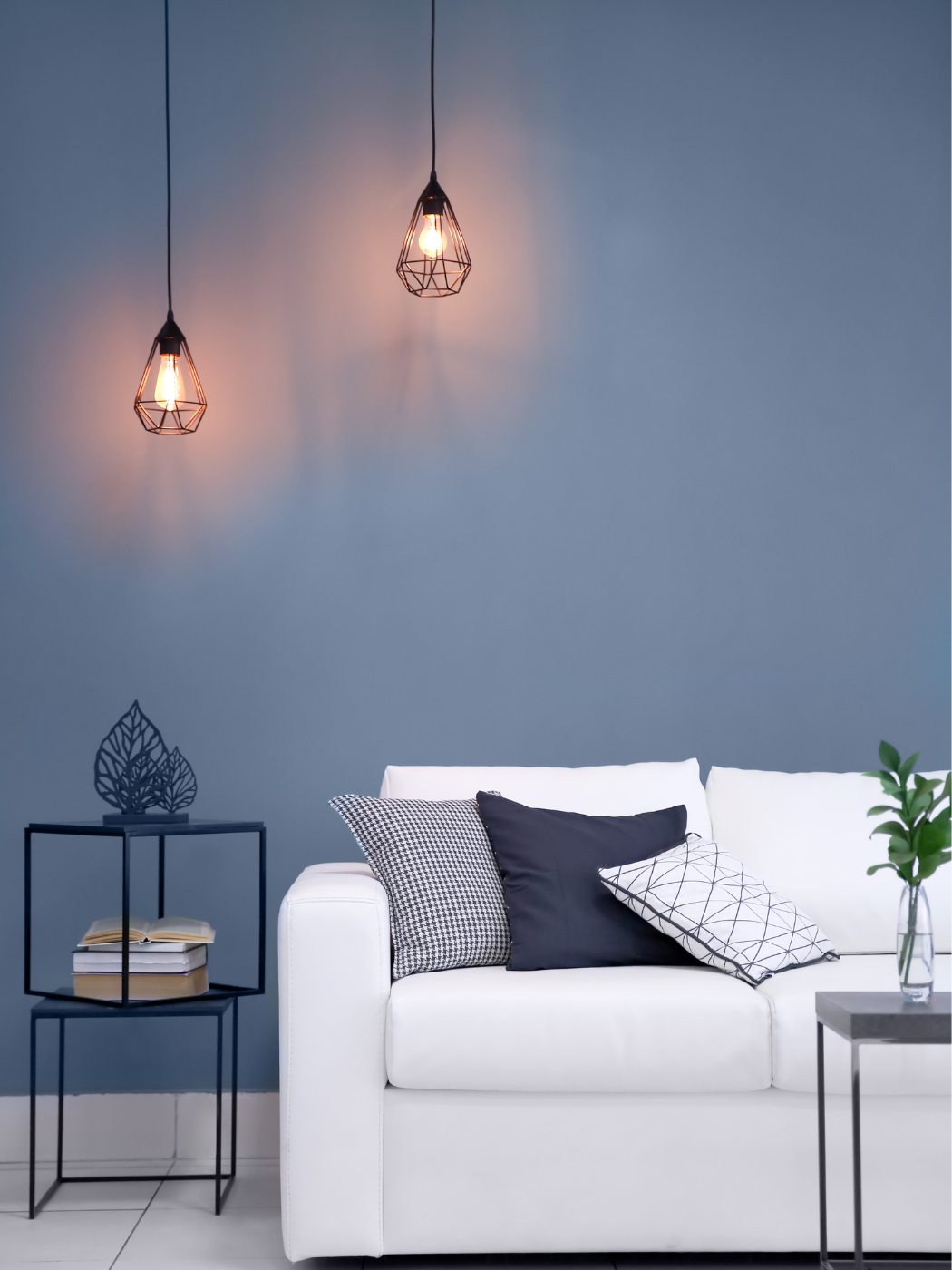Maximize Your Home's Potential: Home Decor Tips for Successful Home Improvement
Maximize Your Home's Potential: Home Decor Tips for Successful Home Improvement
Blog Article
Discover Just How to Mix and Suit Pillow Art to Develop a Relaxing and Personalized Home
In the realm of interior layout, the art of mixing and matching padding styles holds the power to transform a space from mundane to inviting. Cushions, usually overlooked, play a considerable role in developing a comfortable and personalized home. By carefully choosing the appropriate colors, patterns, and structures, you can curate a setting that reflects your special personality and style perceptiveness. Recognizing exactly how to combine these components harmoniously can elevate your home and stimulate a feeling of comfort and style. So, allow's explore just how the critical plan of paddings can infuse heat and personality into your home decor.
Comprehending Padding Art Styles
Just how can one identify in between the various styles of padding art to boost the visual allure of their space? Understanding cushion art styles is essential for developing a natural and visually appealing design. Cushion art can vary from typical to modern-day, minimalist to bohemian, and every little thing in between.

Standard cushion art styles often include intricate patterns, such as flower motifs or damask styles, which include a touch of sophistication to a room. These styles are identified by abundant colors and luxurious materials like silk or velvet. In comparison, modern pillow art accepts tidy lines, geometric forms, and vibrant shades to create a more contemporary look.
Minimalist pillow art designs focus on simplicity and performance, typically including solid shades or straightforward patterns. These paddings are optimal for developing a clean and uncluttered aesthetic. On the various other hand, bohemian padding art designs are lively and diverse, integrating a mix of colors, structures, and patterns to create a comfy and inviting environment. By comprehending these various styles, one can properly blend and match pillow art to personalize their living room and produce an unified layout system.
Choosing the Right Shade Palette
Having a clear understanding of cushion art styles lays the foundation for successfully selecting the ideal shade scheme to complement and improve the aesthetic allure of your home. When picking a shade palette for your paddings, it is important to think about the existing color pattern of your space - Home Decor. Balancing the pillow colors with the general decor can produce a natural and visually pleasing atmosphere
One strategy is to go with complementary shades that contrast with the furniture or wall surface colors to make the pillows stick out. One more alternative is to choose comparable colors that are nearby on the shade wheel, developing a more harmonious and refined appearance. Additionally, integrating neutral tones like grays, whites, or beiges can aid stabilize bolder shades and patterns in the room.
Try out various mixes and shades can add depth and individuality to your space. Remember, the shade palette you select for your cushions can considerably impact the overall ambiance of your home, so make the effort to pick shades that reverberate with your design and choices.
Combining Patterns and Textures
When it comes to creating a visually vibrant and inviting space, grasping the art of mixing patterns go to this web-site and textures in pillow style can raise the aesthetic charm of your home decoration. Incorporating different patterns, such as florals, stripes, and geometrics, can add deepness and aesthetic passion to your living location - Home Decor. To attain a natural look, think about picking patterns that share an usual color pattern or style
Along with mixing patterns, incorporating various structures right into your cushion plan can better enhance the total design. Velvet, silk, bed linen, and artificial hair are simply a few examples of textures that can bring a feeling of deluxe and convenience to your area. Mixing rough and smooth textures can produce a responsive experience that adds richness to your design.

Planning Cushions for Effect
To take full advantage of the aesthetic impact of your cushion plan, critical positioning and thoughtful sychronisation of shades and dimensions are crucial. When preparing pillows for impact, consider the general visual of the area. Start by putting bigger paddings at the back to offer a strong base, then layer smaller cushions in front to add depth and measurement. Mixing shapes, such as square, rectangle-shaped, and round paddings, can produce aesthetic interest and balance.
Have fun with various appearances and fabrics to add tactile appeal and richness to the plan. Velvet, woollen, silk, or fake fur can bring a touch of luxury, while cotton and bed linen offer a more casual feel. Furthermore, incorporating cushions with differing prints and patterns can inject individuality and create a vibrant appearance.
Trying out unbalanced setups for a diverse and modern-day ambiance, or choose symmetrical placements for an extra typical and well balanced feeling. Keep in mind, the secret is to strike a harmonious balance in between colors, patterns, dimensions, and textures to attain a cohesive and impactful cushion display in your house.

Customizing Your Area With Pillows
Personalizing your space with cushions can be a imaginative and efficient way to instill your character and style right into your home style. Cushions offer a quickly interchangeable and flexible option to reflect your individual taste and preferences. To customize your area with paddings, think about blending different appearances, patterns, and colors reference that resonate with you. Select pillows that complement your existing furnishings and total shade scheme while including a pop of personality.
Incorporating tailored cushions enables you to display your unique style and develop a comfortable atmosphere that seems like home. Think about adding individualized or custom-made pillows with purposeful quotes, monograms, or photos that hold emotional worth. Mixing in these personalized elements can make your home really feel more inviting and reflective of who you are.

Final Thought
In conclusion, mastering the art of mixing and matching cushion art designs, patterns, appearances, and colors can transform your space right into a personalized and comfy place. By comprehending the different elements that enter into producing a well-coordinated cushion display screen, you can quickly boost the look of your home. Experiment with numerous combinations to find what matches your design best and create a cozy and welcoming environment that mirrors your distinct individuality.
In comparison, contemporary cushion art welcomes tidy lines, geometric shapes, and bold shades to develop a much more contemporary look.
On the various other hand, bohemian padding art designs are vivid and diverse, including a mix of appearances, patterns, and colors to develop a comfortable and welcoming environment - Home Decor. When choosing a shade palette for your pillows, it is vital to think about the existing color scheme of your area.One method is to choose for complementary colors that contrast with the furniture or wall shades to make the cushions stand out. Begin by putting bigger paddings at the back to offer a solid base, after that layer smaller sized cushions in front to add deepness and measurement
Report this page